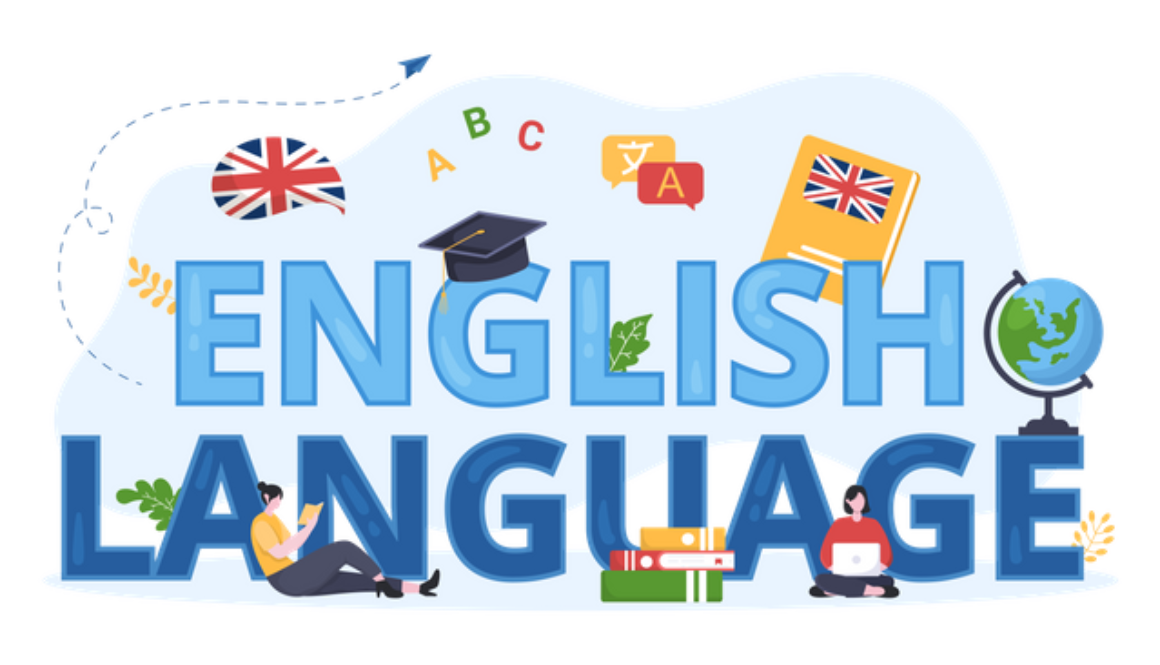
Murshed
Posts by :




Integrating Technology in Science Classrooms for Enhanced Learning
The integration of technology into science education has revolutionized the way students learn and engage with complex topics. Gone are the days of static textbooks and purely theoretical learning. With the advent of educational technology, science classrooms have become dynamic spaces where students can explore, experiment, and collaborate.
The Role of Interactive Tools
Interactive tools like virtual labs and 3D simulations have brought a new dimension to science education. These technologies enable students to conduct experiments that might be too dangerous or resource-intensive to perform in traditional settings. For instance, virtual dissections or chemistry simulations provide realistic experiences without the ethical and safety concerns tied to their physical counterparts.
Enhanced Student Engagement
Technology has a unique ability to capture students’ attention and sustain their interest. Using interactive presentations, video demonstrations, and AI-based learning platforms, teachers can cater to different learning styles. Whether a student learns best through visual aids, auditory input, or hands-on activities, technology can be adapted to fit their needs.
Preparing Students for Future Careers
The integration of technology not only aids in learning but also prepares students for future careers in science, technology, engineering, and mathematics (STEM) fields. Familiarity with modern software and tools, such as data analysis programs and coding platforms, is essential for success in many scientific careers. By incorporating these elements into the curriculum, educational institutions like iLT equip their students with practical skills that will benefit them beyond the classroom.
Strategies for Effective Implementation
To make the most of technology in science education, institutions should focus on teacher training and access to the latest tools. Courses that combine theoretical instruction with hands-on tech applications will create a balanced and enriching learning environment. Ensuring that students have access to digital resources and fostering an adaptive mindset will pave the way for a successful tech-integrated education.

The Importance of Multilingual Education in Modern Learning
In today’s interconnected world, multilingual education plays a crucial role in both cognitive development and global communication. As societies become increasingly diverse and economies interwoven, the ability to communicate in multiple languages is not just a valuable skill but a necessity.
Cognitive Benefits of Multilingual Education
Learning more than one language has significant positive effects on the brain. It has been shown to improve memory, enhance problem-solving skills, and boost creativity. Multilingual individuals often display better cognitive flexibility, allowing them to switch between tasks efficiently and think from different perspectives. This mental agility is especially beneficial for students as they engage in other academic and real-world challenges.
Cultural Empathy and Social Skills
One of the less-discussed but equally important aspects of multilingual education is its impact on cultural understanding and empathy. When students learn a new language, they also learn about the cultures and traditions tied to that language. This awareness fosters an appreciation for diversity and encourages a more inclusive worldview. In turn, students develop better interpersonal skills, which are critical in our globalized society.
Professional Advantages
From a career perspective, multilingual individuals have a competitive edge in the job market. Companies operating on a global scale often seek employees who can navigate cultural nuances and communicate effectively with international clients and partners. Multilingualism can open doors to opportunities in fields such as translation, international business, diplomacy, and teaching.
Implementing Multilingual Education
For educational institutions like the Institute of Language and Technology (iLT), adopting a multilingual approach means offering comprehensive language programs tailored to varying levels of proficiency. This approach not only enriches students’ academic experience but also prepares them to thrive in an increasingly globalized world.
